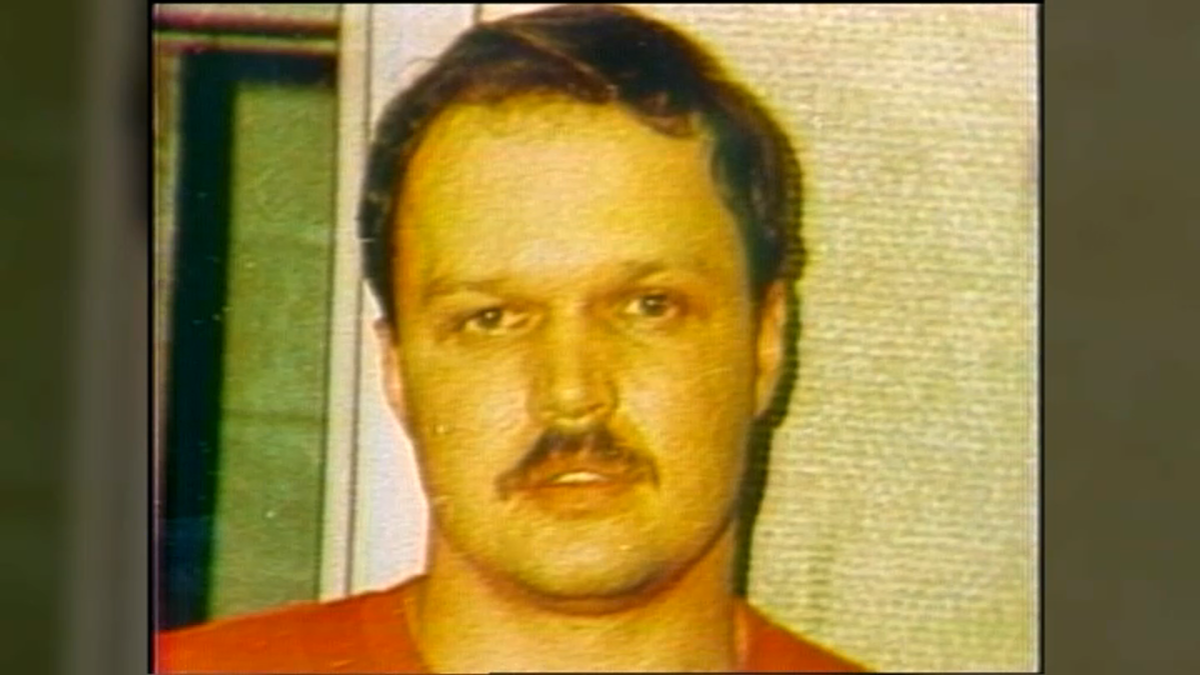
A victim of serial killer Larry Eyler has been identified (Photo: Chicago Sun-Times)
The Late Serial Killer Larry Eyler killed multiple teens in Chicago, one of his victims has been identified after nearly 40 years
According to a published article from U.S News, authorities announced Tuesday that a Chicago teen who was a victim of the late serial killer Larry Eyler’s crimes had his remains discovered buried in 1983 at an abandoned Indiana farm.
According to the Newton County Coroner’s Office and the DNA Doe Project, the bones were those of Keith Lavell Bibbs, who was 16 at the time of his death. They were discovered next to the remains of three other young men that serial killer Larry Eyler also killed.
Before passing away in 1994 in an Illinois jail, where serial killer Larry Eyler was serving a death sentence for the 1984 murder of Chicago teenager Danny Bridges, age 15, Eyler admitted to at least 20 murders.
According to Pam Lauritzen, a representative for the DNA Doe Project, a non-profit that seeks to identify cold case victims, serial killer Larry Eyler confessed to killing a Black man in July 1983 at a farm in Newton County in 1990 and characterized the victim as being in his late teens or early 20s.
She stated that Bibbs, a resident of Chicago, would have been 16 years old at the time of his passing.
Nearly 40 years after his remains were found, Bibbs was identified by the Newton County Coroner’s Office in collaboration with the DNA Doe Project, Indiana State Police, and the Identify Indiana Initiative.
According to a published article from Chicago Tribune, of the four corpses discovered in shallow graves in October 1983 at the abandoned property in Lake Village, some 60 miles (96 kilometers) southeast of Chicago, he is the last to have been properly identified. Deceased serial killer Larry Eyler had confessed that he had drugged them all and killed them.
According to Newton County Coroner Scott McCord, he was working on the paperwork needed to send Bibbs’ remains to his family for burial on Tuesday. He claimed that the family is asking for space to grieve.
Everything has been completed, he told The Associated Press on Tuesday, “except for getting him home.” “Identifying all those kids was a difficult process.”
In a press release, the DNA Doe Project stated that Bibbs’ DNA was “highly degraded” and that investigators continuously tried for more than two years to establish “a workable DNA profile” to match databases used for forensic cases.
A team of investigative genetic genealogists ultimately made progress in deciphering Bibbs’ “complex family tree,” according to the charity, which enabled his identification in January.
PEOPLE ALSO READ:
























